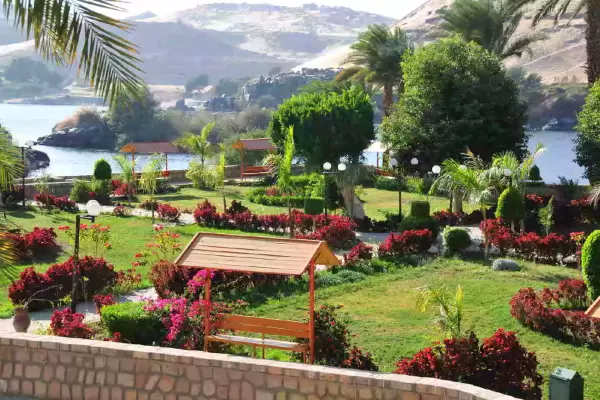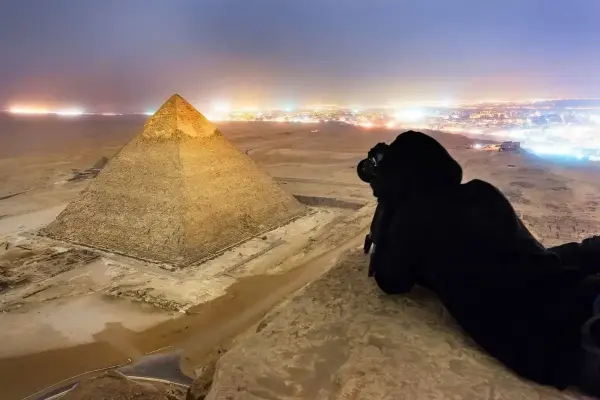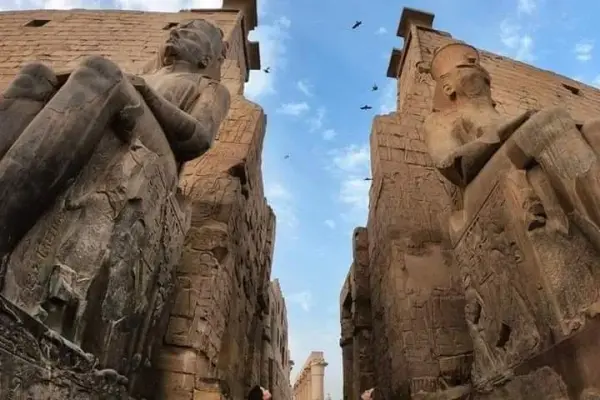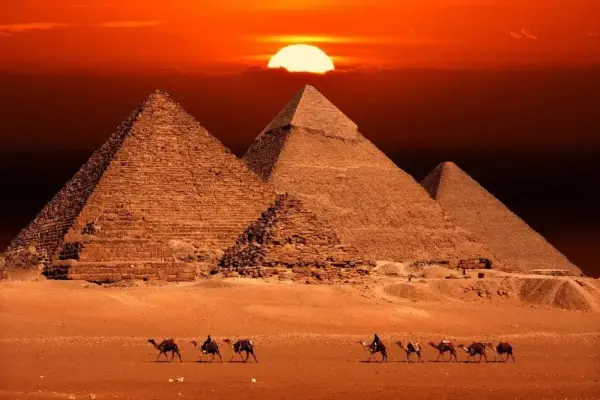Table of contents [Show]
Egyptian symbols (Egyptian hieroglyphs)
Egyptian culture is brimming with interesting images. From the eye of Horus to the ankh, these images have been utilized for a really long time to address various parts of Egyptian life. In this blog, We'll check out at probably the most notable Egyptian images and their implications.
The Ankh
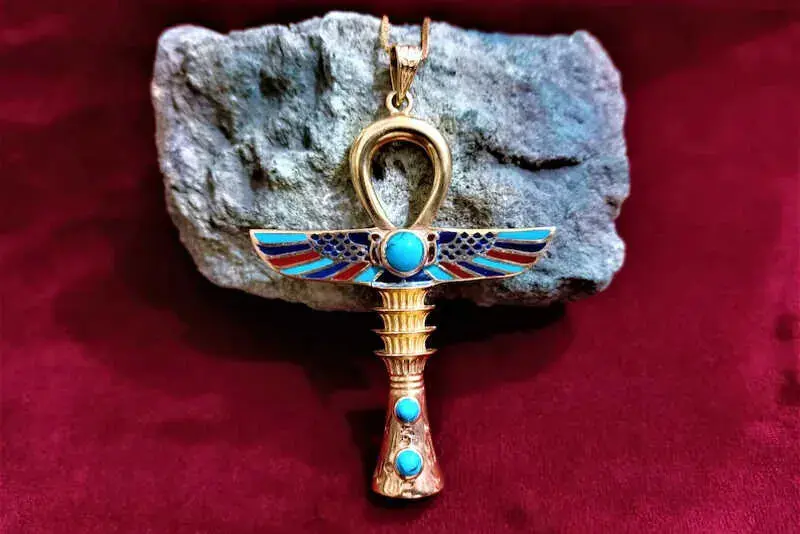
The Ankh was perhaps of the most famous and notable image in antiquated Egypt that you will find in our program of extravagance luxury tours in Egypt . It is much of the time found in workmanship and pictographs, and it was utilized as an image of life. The Ankh is popular for the key of life, or the key of the Nile.
Albeit the Ankh's starting points are obscure, Egypt is respected to be its place of beginning. Some accept that it addresses the sun god Ra, while others accept that it is an image of richness or resurrection. No matter what its starting points, the Ankh turned into a vital image to the old Egyptians.
The Ankh was in many cases utilized as a funerary talisman, as safeguarding the dead in the afterlife was thought. It was likewise utilized as a charm, and many individuals wore them as security against insidious spirits. The Ankh was even remembered to have enchanted abilities, and it was many times utilized in spells and ceremonies.
Today, the Ankh is as yet a significant image to many individuals. It is many times utilized as an image of life or eternality, and it is likewise a famous plan component in tattoos and body piercings.
Djed
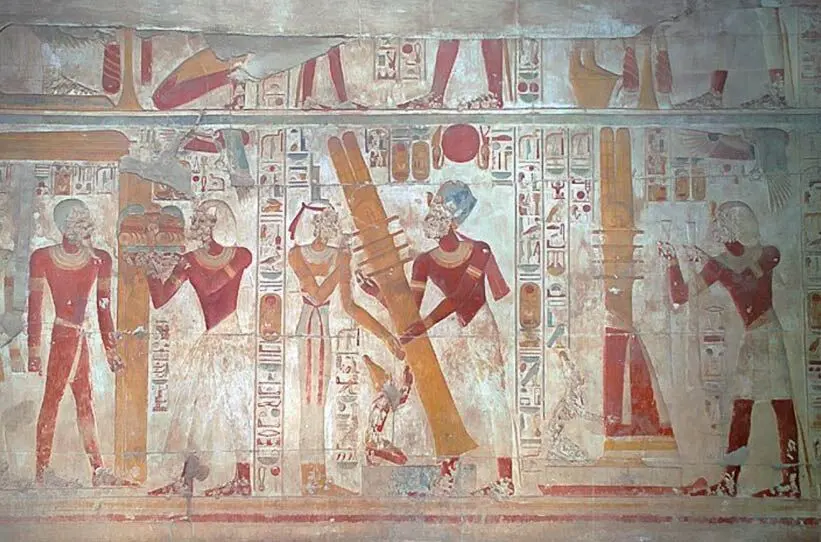
The Djed One of Egyptian culture's most seasoned and most generally utilized images is the djed. It is much of the time portrayed as a section of at least four groups of pictographs, addressing soundness and strength.
The Djed was initially connected with the god Ptah however later came to be viewed as an encapsulation of Osiris, the lord of the hidden world. It was remembered to address his spine and was hence viewed as an image of resurrection and revival.
Today, the Djed is still broadly utilized in Egypt, both in customary settings and as a well known theme in craftsmanship and gems. It stays a powerful image of the nation's long and rich history.
Wadjet Eye (Eye of Horus)
The Wadjet Eye, otherwise called the Eye of Horus, is one of the most notable and conspicuous images of antiquated Egypt. The eye was in many cases utilized as an image of regal power and authority, as well as a defensive seal. You will see this image during your classic tours in Egypt the secondhand stores looks for changed uses like gems and home style.
The eye is typically portrayed as an adapted natural eye with a long bended eyebrow and is flanked on one or the other side by the cobra goddess Uraeus. The eye is in some cases likewise displayed with wings, addressing the god Horus' job as a sky god.
The Wadjet Eye was much of the time utilized as a charm or talisman to shield the wearer from hurt and was likewise remembered to have recuperating properties. It was normal for individuals to wear different Wadjet Eyes, either as independent talismans or hung together into a jewelry or arm band.
Notwithstanding its defensive characteristics, the Wadjet Eye was likewise viewed as an image of restoration and eternal life. This stems from the tale of Osiris, who was killed by his sibling Set and afterward restored by Isis (his better half) utilizing the force of the Wadjet Eye.
Accordingly, the Wadjet Eye came to address both the force of security and the pattern of death and resurrection. All things considered, it was a significant image in both strict convictions and otherworldly practices in old Egypt.
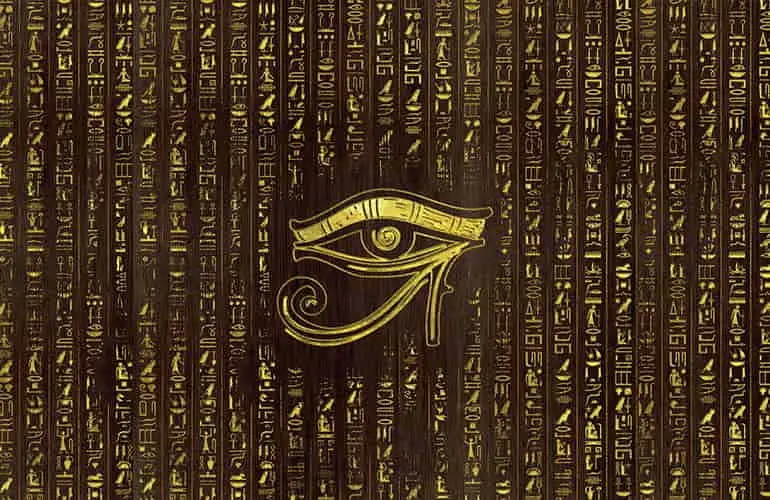
Eye Of Ra
The Eye of Ra is one of the most notable and notorious images of antiquated Egypt. It addresses the infinitely knowledgeable eye of the sun god Ra and was in many cases utilized as an image of imperial power and authority. The Eye of Ra could likewise be utilized to safeguard against underhanded spirits and damaging powers.
Was Image
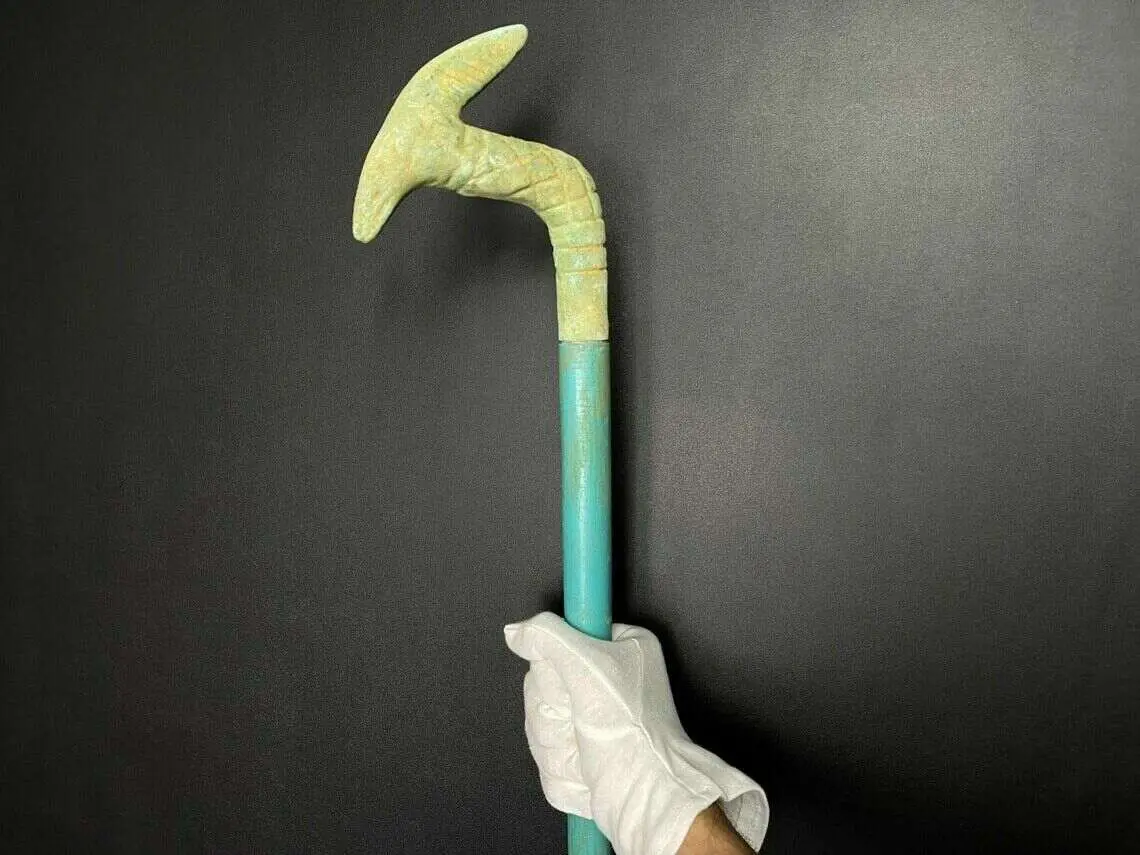
The antiquated Egyptians utilized the 'Was' image to address power and territory. The Was staff was a staff with the top of a creature, typically a cobra or lion. This image was related with the god Set, who was the supporter lord of tumult and confusion. The Was staff was likewise utilized as a stylized staff by the pharaohs and other strong authorities in Old Egypt.
The Scarab insect
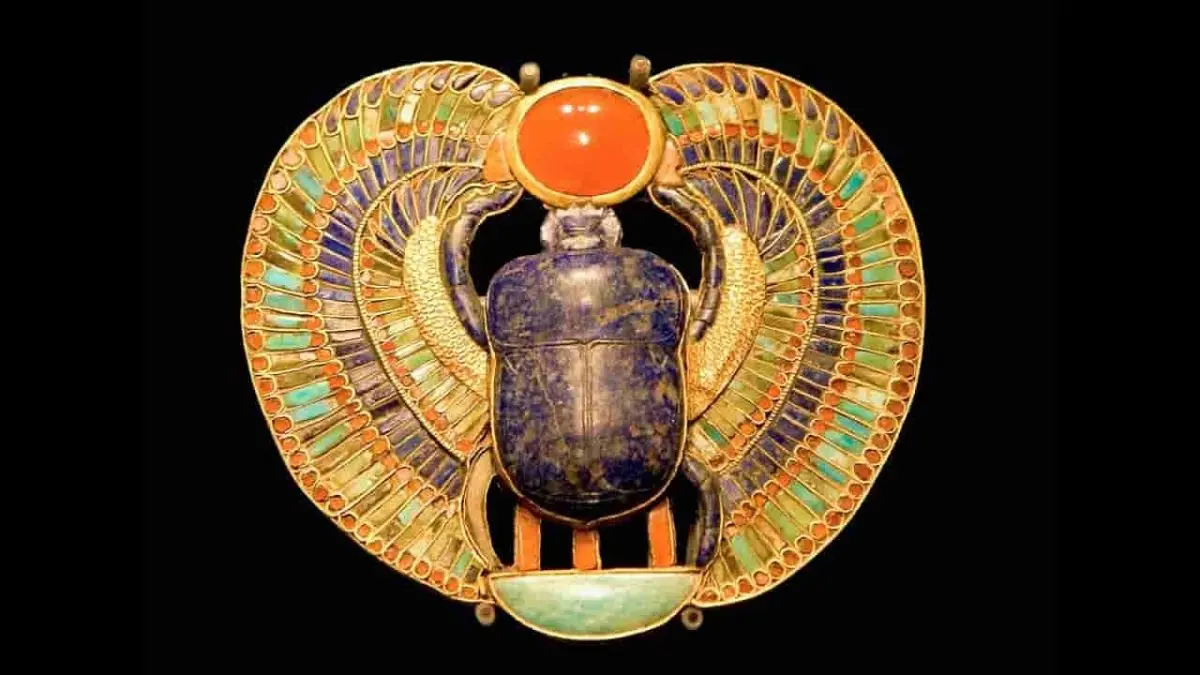
The scarab bug was a significant image in old Egypt. The Egyptians considered this bug to be an image of resurrection and recovery. This is on the grounds that the scarab creepy crawly lays its eggs in a wad of fertilizer, which it then pushes around the ground. At the point when the eggs hatch, the hatchlings rise up out of the manure ball.
To the Egyptians, this interaction was a sign of the pattern of life. They accepted that the scarab creepy crawly was a sacrosanct animal that could end up being useful to them beaten demise. Consequently, numerous scarab bugs were covered with mummies.

